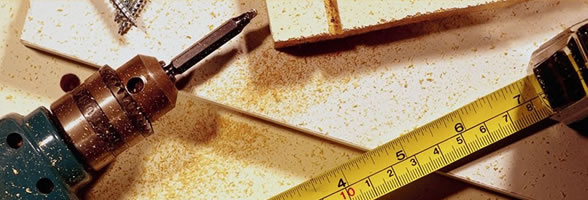
Virtual Baseball Academy
Pitchers
STANCE
1. Stand tall, comfortably and relaxed.
2. Begin with hands together, ball in glove.
3. Rocker Step – small step (6-10 inches) straight back with stride foot.
4. Keep head still (focused on catcher), shoulders level and square to target.
PIVOT
1. Pivot – square pivot foot with target by spinning under control on toe.
2. Outside of the pivot foot should be the only part of foot in contact with the front of the pitching rubber.
3. Head still over pivot foot, eyes on catcher, shoulders level and square.
LEG KICK
1. Knees brush slightly as stride leg lifts.
2. Head remains over pivot foot.
3. Shoulders line up to target as stride leg lifts.
4. Height of leg kick (knee) should preferably reach max at belly button.
5. At max, knee is bent at 90o, lower leg is completely relaxed (dangling below knee) with toe hanging down (not pointed up or down).
6. Hands are together at chin height with forearms forming an A shape.
7. Show hip pocket to target.
STRIDE, HIP EXPLOSION AND RELEASE
Stride
1. Hands break over knee as leg lowers from belly button height. Break hands thumb-to-thumb.
2. Stride – leg lowers in a down, then out manner. Head stays over pivot foot until front foot lands. Keep front foot closed (heel lead) until landing with foot at a 45o, closed angle. Land on the ball of the foot with head and weight still back over pivot foot (70% back - 30% front). Land on FLEXED BUT STABLE front leg.
3. Throwing arm – circles down and then back and up (thumb to thigh, palm to sky). At high cocked point, baseball should be pointed away from home plate, elbow slightly higher than shoulder and forearm angled up and at 45o (toward 1st or 3rd base). Must reach high cocked position at time of stride foot landing.
4. Glove arm – takes same route as throwing arm, but ends up pointing straight at target (like a gun sight). Chin against front shoulder, shoulders slightly rolled forward and shoulders and hips must remain level.
Hip Explosion
1. Glove arm – bends at elbow and turned over to a forearm-up position. Elbow pulls violently back beside the body, forcing the hips and back side to fire open.
2. Hips – fire open (explosion) as glove arm fires backward. Transfers weight from back side to front. More violent explosion equals more force into the pitch as long as balance is maintained. Head must remain on an axis with the body rotating on that axis.
3. Back side – pivot foot toe rotates to point forward as hips fire open. Back must develop a bowed arch (generates whip-like force – bow and arrow action). Hip Explosion brings throwing arm around, not reverse. Throwing arm elbow should remain slightly higher than shoulder with forearm and ball pointed toward target (outside lean) and wrist flexed under the baseball (hand out beside ear). Shoulders develop slight tilt away from baseball.
Release
1. Occurs immediately following landing of front foot.
2. Ball should be released out front of eyes in order to gain downward plane on the pitch.
3. Hand must be behind the ball when releasing fastball or change-up.
4. Wrist must act as last lever by snapping on release (gain rotation – action).
5. Throwing arm is still slightly bent on release (not locked in extension).
6. Hand must pronate (turn over outside) immediately following release of fastball and change-up and later on curves and sliders (rotation –action).
FOLLOW-THROUGH
1. Throwing arm – extends forward, causing chin to go toward catcher and back to become level with the ground. Hand swings down close to the ground and beside lower leg.
2. Glove arm – continues backward and then relaxes to move back forward to field a potential come backer.
3. Back side – back leg lifts off mound and upper leg becomes straight with the back (lower leg points straight up). Leg up, hand down full follow-through position.
4. After completion of follow-through, back leg should be even or slightly ahead of front leg and the pitcher must get into a proper athletic fielding position.
